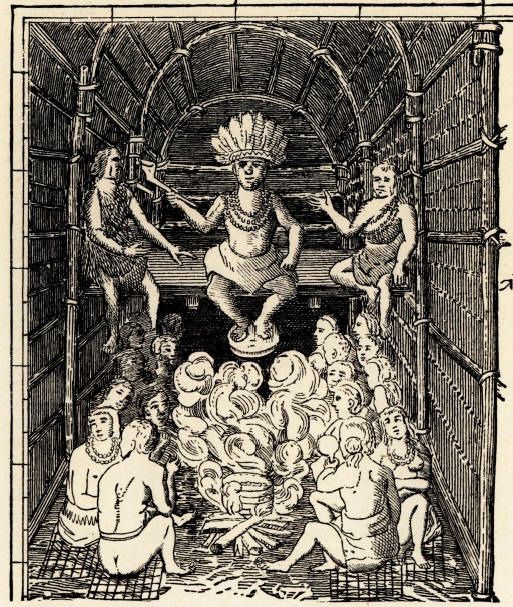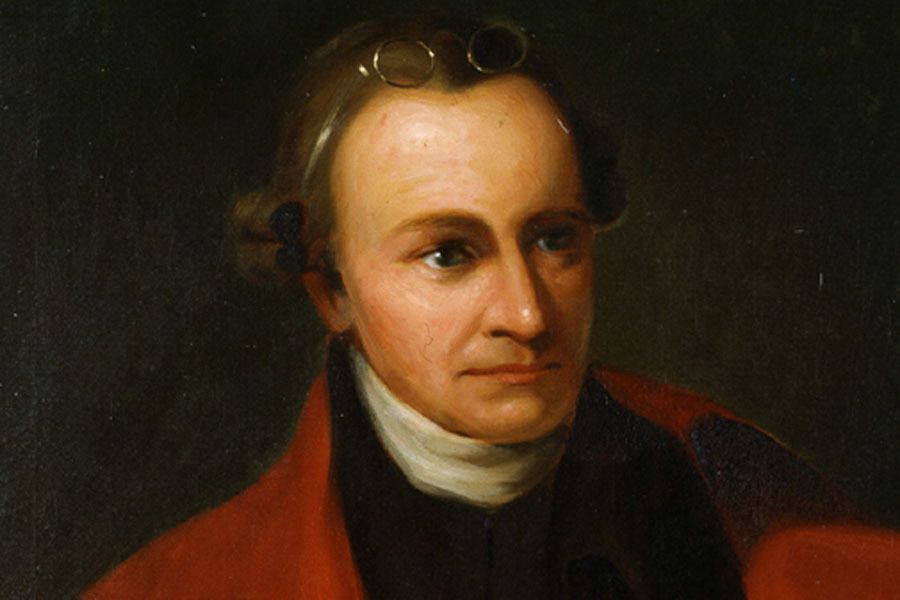I apologize in advance for the length of today's numbers.

It's so hard to pare down on the amount of information!
Today's numbers are:
15: Hampton Roads
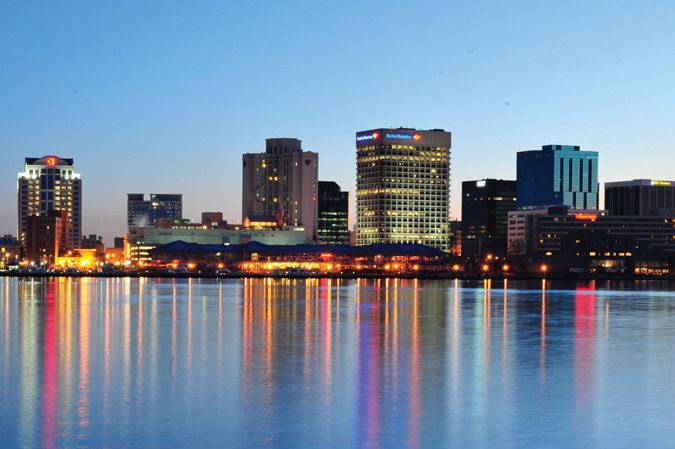
Hampton Roads is the name of both a body of water and a metropolitan region in Southeastern Virginia. It comprises the Virginia Beach, Norfolk, and Newport News area, and has an extended area that includes areas of Northeastern North Carolina. Hampton Roads is known for its large military presence, ice-free harbor, shipyards, coal piers, and miles of waterfront property and beaches.
The body of water known as Hampton Roads is one of the world’s largest natural harbors. It incorporates the mouths of the Elizabeth River, Nansemond River, and James River, as well as several smaller rivers, and empties into the Chesapeake Bay. The term “Roads†is short for roadstead, a body of water sheltered from rip currents where ships can lie reasonably safe at anchor. The word Hampton honors one of the founders of the Virginia Company of London, Henry Wriothesley, 3rd Earl of Southampton.
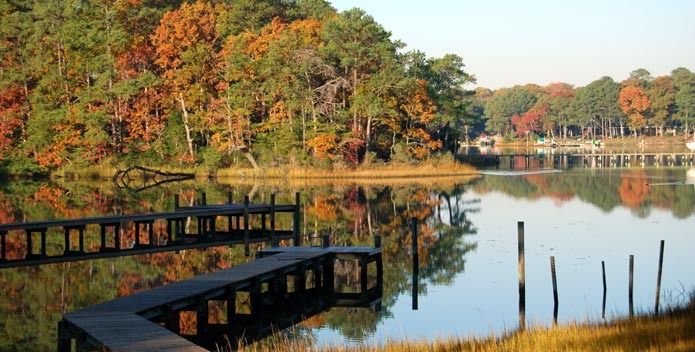
Hundreds of historical sites in the area, comprising over 400 years of American history, as well as other attractions, draw visitors around the world each year. The National Park Service’s Colonial Parkway joins the Historic Triangle – Jamestown, Williamsburg, and Yorktown – with a scenic roadway carefully shielded from views of commercial development. Busch Gardens Williamsburg and Water Country USA are major theme parks located near Williamsburg, as is Williamsburg Pottery Factory. (Not to mention the Williamsburg Outlet Stores!)
Museums include the Mariners’ Museum – an institution dedicated to bringing maritime history to the world. It is currently home of the USS Monitor Center, where 210 tons of artifacts from the USS Monitor as held, including a gun turret. The Virginia War Museum covers American military history and its collection includes weapons, vehicles, artifacts, and uniforms from various periods of American history. The Virginia Living Museum is themed on the geographic regions of Virginia, from the Appalachian Mountains to the offshore waters of the Atlantic Ocean. NASA’s Langley Research Center is in Hampton, and is the original training ground for the Mercury Seven, Gemini, and Apollo Astronauts. Virginia Air and Space Museum, also in Hampton, allows visitors to learn about the region’s aviation history.
The U. S. military has a strong presence in the area. Camp Peary, Coast Guard Training Center, Langley Air Force Base, Naval Air Station Oceana, Naval Station Norfolk, and Norfolk Naval Shipyard are just a few. The Hampton Roads area has the largest concentrations of military bases and facilities of any metropolitan area in the world. Nearly one-fourth of the nation’s active duty military personnel are stationed in Hampton Roads.
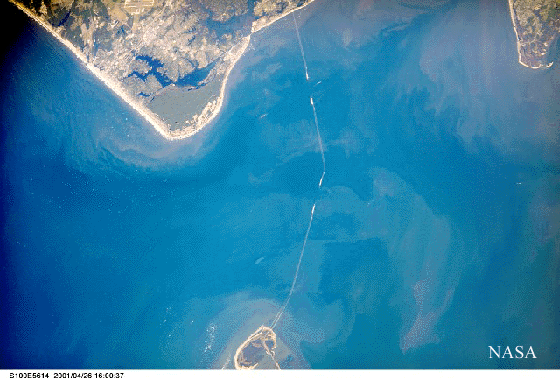
The Chesapeake Bay Bridge Tunnel, a 23-mile fixed link crossing at the mouth of the Chesapeake Bay, connects the Delmarva Peninsula (Delmarva is a clipped compound of Delaware, Maryland, and Virginia). Among the key features are two 1-mile tunnels and two side-by-side high-level bridges. The remaining portion comprises low-level trestle, causeway, and four man-made islands. The CBBT is not considered just a transportation facility, but is a destination itself. Drivers can stop at two scenic overlooks. One at the north end of the bridge and at Sea Gull Island, near the south end. At Sea Gull Island, passing ships may include Navy warships, nuclear submarines, and aircraft carriers, as well as large cargo vessels and sailing ships. Fishing is encouraged from the 625-foot long pier, which is open 24 hours a day year round.
27: Thomas Jefferson
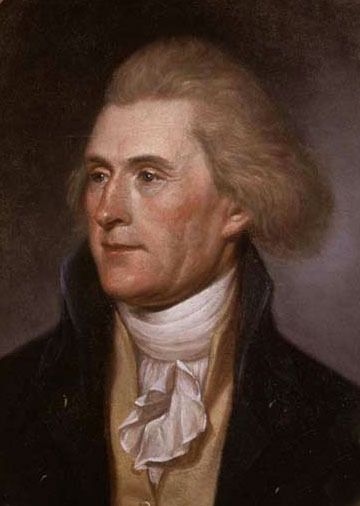
Thomas Jefferson, born in April 1743 in Shadwell (near Charlottesville), was an American Founding Father. At the age of 14 his father died, and Thomas inherited approximately 5,000 acres of land. He began his childhood education with tutors at Tuckahoe Plantation, the home of his Randolph cousins. He attended a local school run by a Presbyterian minister and started studying Latin, Greek, and French. At age 16 he entered the College of William & Mary in Williamsburg, where he studied mathematics, metaphysics and philosophy. He graduated two years after starting and proceeded to read the law under Professor George Wythe. Historically famed for his love of books, he was devastated with his Shadwell home, including a library of 200 volumes, was destroyed by fire in 1770. By 1814, his collection had grown to almost 6,500 volumes.
Jefferson was admitted to the bar in 1767. In addition to practicing law, he represented Albemarle County in the House of Burgesses from 1769 to 1775. He pursued reforms to slavery. He once waived his fee for a client who claimed he should be freed, arguing “everyone comes into the world with a right to his own person and using it at his own will.†The judge ruled against the client. Jefferson later incorporated his argument into the Declaration of Independence.
In 1768 he began constructing his primary residence, Monticello, on a hilltop overlooking his plantation. On January 1, 1772, Jefferson married his third cousin Martha Wayles Skelton. Martha suffered from ill health, including diabetes, and frequent childbirth weakened her. A few months after the birth of her last child, she died in September 1782 at the age of 33.
At the outbreak of the American Revolutionary War, Jefferson served as a delegate to the Second Continental Congress. John Adams, a leader of the Congress, supported Jefferson’s appointment to the Committee of Five formed to write the Declaration. It was decided that Jefferson would write the first draft. Jefferson drew on his own work as well as other sources and, after a few changes by other committee members, a final draft was presented to Congress on June 28, 1776. On July 4, 1776, Congress ratified the Declaration, and delegates signed it on August 2.
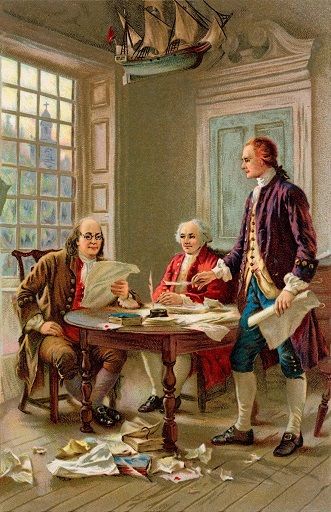
Jefferson was elected governor of post-colonial Virginia for one-year terms in 1779 and 1780. He transferred the state capital from Williamsburg to Richmond. While governor, he introduced measures for public education, religious freedom, and revision of inheritance laws.
Following a peace treaty with Great Britain in 1783, Jefferson was appointed a Virginia delegate to the newly-formed Congress of the Confederation. He was sent to join Benjamin Franklin and John Adams as ministers in Europe for negotiation of trade with England, Spain, and France. While in France he became a regular companion of the Marquis de Lafayette, and used his influence to obtain trade agreements with France. As the French Revolution began, Jefferson allowed his residence to be used for meetings by Lafayette; he was in Paris during the storming of the Bastille and was consulted by Lafayette while the latter drafted the Declarations of the Rights of Man and of the Citizen. During the French Revolution, Jefferson often found his mail opened, so he invented his own ciphering device and communicated in code for the rest of his career. Jefferson remained a firm supporter of the French Revolution while opposing its more violent elements.
In 1800 Jefferson contended against John Adams for the office of president. On February 17, 1801 the House elected Jefferson president. In 1802 he instructed James Monroe to negotiate with Napoleon to purchase New Orleans and adjacent coastal areas from France. On July 4, 1803 the Senate ratified the purchase treaty of over a million square miles. He arranged for the exploration and mapping of the uncharted territory to the Pacific Ocean. The most well-known of these expeditions of the one by Lewis and Clark, but there were also the William Dunbar and George Hunter expedition on the Ouachita River, the Thomas Freeman and Peter Custis expedition on the Red River, and the Zebulon Pike Expeditions into the Rocky Mountains.
Jefferson was a farmer, obsessed with new crops, soil conditions, garden designs, and agricultural techniques. His other interest, architecture, was mastered through self-study, and he helped popularize the Neo-Palladian style in the United States. He utilized designs for the Virginia State Capitol, the University of Virginia, Monticello, and others. He was interested in birds and wine, was a noted gourmet. He was also a prolific writer and linguist, and spoke several languages. He invented many small practical devices, including a revolving book-stand and a “Great Clock†powered by gravitational pull on cannonballs. He improved the pedometer and the polygraph (a device for duplicating writing). He is also credited as the creator of the swivel chair, the first of which he created and used to write much of the Declaration of Independence.

Following his political retirement, Jefferson continued his pursuits of educational interests. He envisioned a university free of church influences where students could specialize in many new areas not offered at other colleges. In 1819 the 76-year-old Jefferson founded the University of Virginia. He was the principal designer of the buildings, planned the university’s curriculum, and served as the first rector upon its opening in 1825.
His health began to deteriorate in 1825, due to a combination of rheumatism from arm and wrist injuries as well as intestinal and urinary disorders. By June 1826 he was confined to bed. Overcome by fever, he died on July 4, 1826, the fiftieth anniversary of the Declaration of Independence.



